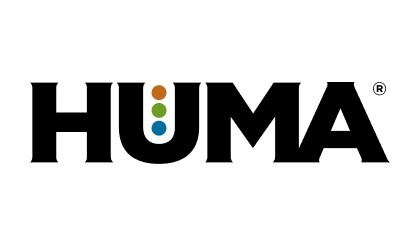Distributor: Huma Gro Hispaña
HUMA GRO® application was ZAP® 5L/ha
The cauliflower on the left was planted 3 weeks earlier than the cauliflower on the right, meaning the control is an older crop—although it looks worse for wear and is shorter. The two groups have equal nutrition programs: the difference is time and ZAP® at 5L/ha.
Because of the improvement in soil structure and the flourishing of microorganisms, there is more water available to the plant—resulting in a more vibrant color (an indicator that the plants are receiving more nutrients) and stronger vigor and turgidity (meaning the leaves are very firm and have absorbed more water than the control because there is more soil-available moisture). Along these same lines is that by having more water in the leaves, they are less susceptible to low-temperature stress and the plant physiology will continue to function at lower temperatures without losing pace, improving productivity.
HG-150327-01
Related Posts

Bio Huma Netics, Inc., and Mesa Verde Resources Form Strategic Alliance
Bio Huma Netics, Inc. (BHN)—an Arizona company that produces products under the Huma Gro®, Huma Gro® Turf, and Probiotic Solutions® brands—has recently formed an alliance with Reid Enterprises LLC, which does business as Mesa Verde Resources in New Mexico. Mesa Verde Resources is a humic substance mining company that produces, manufactures, and sells humic-acid and...

Huma Gro® Program Increases Peanut Yield Under Severe Conditions
Materials and Methods This trial on peanut (Arachis hypogaea, Var. GA-12Y) was conducted in Memphis, Tenn. by AgriCenter International, as a randomized complete block study with 4 replications in 12.6’ x 30’ plots. The peanuts were planted on June 25 and harvested on December 14. Seven treatment programs were compared as shown in Table 1.

Promax® Efficacy in Controlling Strawberry Pathogens
Plant Sciences, Inc., conducted an independent study to test the efficacy of Promax® for inhibiting mycelial growth of 8 fungal strawberry pathogens through in vitro bio-assay. The following 8 fungi and fungal-like pathogens were tested: Botrytis cinera Colletotrichum acutatum Cylindrocarpon destructans Fusarium oxysporum f. sp. fragariae Macrophomina phaseolina Phytophthora ramorum Rhizoctonia solani Verticillium dahlia After...


